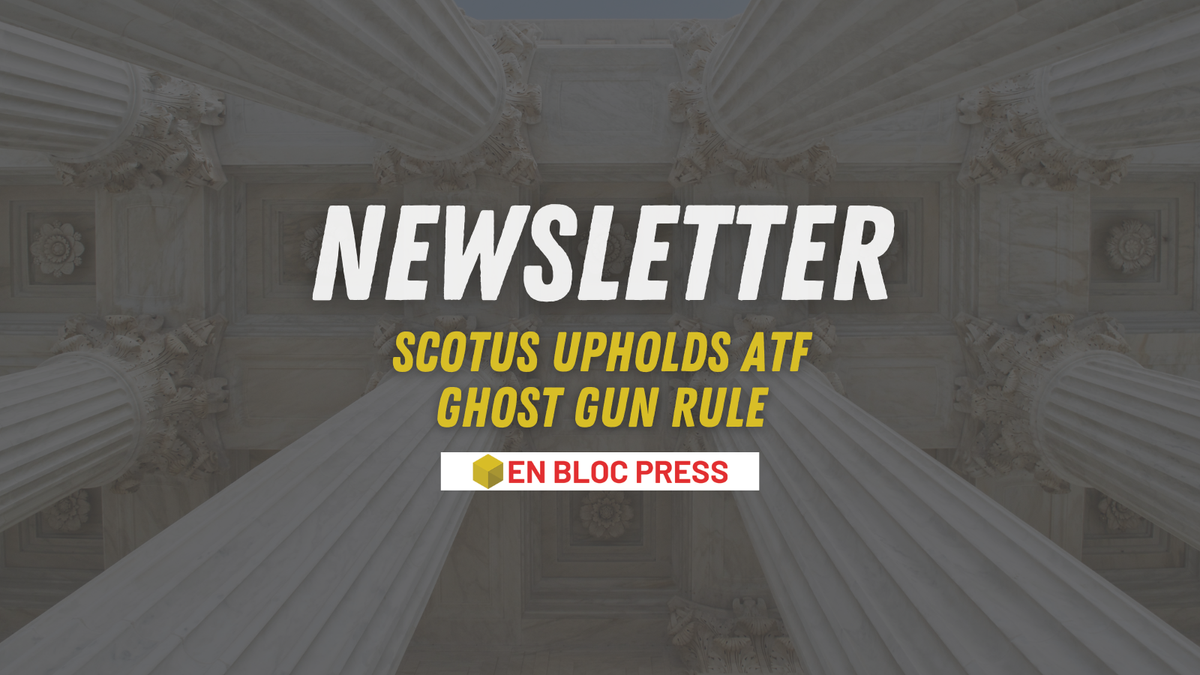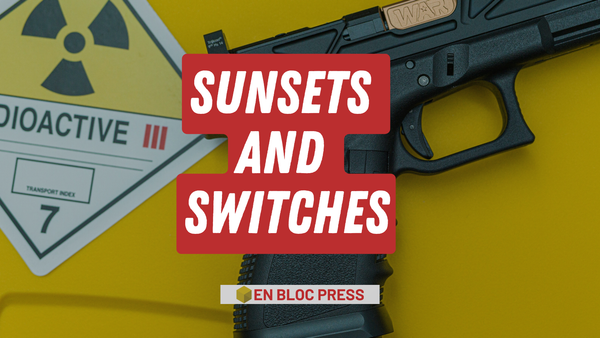SCOTUS Upholds ATF's Ghost Gun Rule
SCOTUS issues a ruling that may open the door for unchecked regulation of parts, tools—and even intent.

Supreme Court: ATF Can Regulate Ghost Gun Kits Under GCA
Today's SCOTUS decision in Bondi v. Vanderstok hands down a major win for advocates of federal gun control. Below, all subscribers will find the condensed outline of the situation, and paid subscribers will see a longer and more detailed look at the SCOTUS opinion.
Bondi v Vanderstok
The TLDR; version
🔍 The Case at a Glance
- Issue: Can the ATF treat gun parts kits and unfinished frames/receivers as "firearms" under the Gun Control Act (GCA)?
- Backstory: In 2022, the ATF issued a rule targeting “ghost guns”—DIY firearm kits that lack serial numbers and bypass background checks.
- Challenge: Manufacturers and gun rights advocates sued, claiming the ATF overstepped its authority.
- Lower Courts: The Fifth Circuit struck the rule down.
- Supreme Court Today: Reversed. The rule survives.
⚖️ The Majority Ruling (7–2)
Justice Neil Gorsuch wrote for the Court, ruling that the ATF’s interpretation wasn’t “facially” inconsistent with the GCA. Why?
- The Court interprets the term “firearm” to include weapons that can be “readily converted” to shoot.
- Even incomplete kits like Polymer80’s “Buy Build Shoot” can be built into pistols in 20 minutes.
- Words like “weapon,” “frame,” and “receiver” can refer to unfinished items—so long as their intended use is clear.
In short: Because some kits qualify under the law, the rule isn’t invalid across the board.
💬 The Dissent: Regulatory Overreach?
Justice Thomas (joined by Alito) warned that the Court handed too much power to the executive branch:
“The Government asked us to rewrite statutory text… This time, the Court obliges.”
He argued:
- “Firearm” means operable weapons or fully finished frames/receivers.
- The ATF’s new reading goes beyond what Congress authorized.
- The ruling opens the door for unchecked regulation of parts, tools—even intent.
⚠️ Why This Matters
This decision isn’t just about ghost guns. It’s about:
- Who writes gun laws—Congress or unelected agencies?
- Due process—Are gun owners given fair notice of what’s illegal?
- Limits on federal power—Can “ready-to-assemble” become a standard for criminal liability?
💡 What Comes Next?
- The case is headed back to lower courts for further review.
- Future lawsuits may challenge how the rule is applied in individual cases.
- Lawmakers may now face pressure to clarify—or resist—how far the ATF can go.
🧠 Bottom Line:
The Supreme Court has greenlit the ATF’s authority to regulate some gun parts kits as firearms. For critics of executive overreach, Bondi v. Vanderstok sets a troubling precedent. It’s a win for federal regulators—and a reminder of how much hinges on judicial interpretation.
Bondi v Vanderstok
The longer version





